-
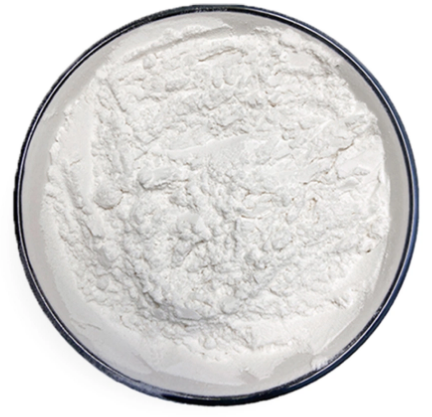
PIPES monosodium salt CAS:10010-67-0
Sodium hydrogen piperazine-1,4-diethanesulphonate, also known as HEPES-Na, is a commonly used buffering agent in biological and biochemical research. It helps maintain a stable pH range of 6.8 to 8.2 in various applications, including cell culture, enzyme assays, and molecular biology techniques. HEPES-Na is compatible with different biological systems and is stable over a wide temperature range.
-

4-Nitrophenyl Beta-D-glucuronide CAS:10344-94-2
4-Nitrophenyl Beta-D-glucuronide is a chemical compound formed by attaching a glucose molecule to a 4-nitrophenyl group through a glycosidic linkage. It is commonly used as a substrate in enzymatic assays to detect the presence and activity of β-glucuronidase, an enzyme involved in the metabolism of various drugs and xenobiotics in mammals.When β-glucuronidase is present, it cleaves the glycosidic bond between the glucose and 4-nitrophenyl group, resulting in the release of 4-nitrophenol, which can be detected spectrophotometrically at 400-420 nm. This enzymatic reaction provides a quantitative measurement of β-glucuronidase activity and is often used as a tool in drug discovery, toxicology studies, and clinical diagnostics.
-

PHENYL-1-THIO-β-D-GALACTOPYRANOSIDE CAS:16758-34-2
PHENYL-1-THIO-β-D-GALACTOPYRANOSIDE, also known as phenyl thio galactopyranoside, is a chemical compound that belongs to the family of glycosides. It is a galactose derivative that consists of a galactopyranose sugar unit attached to a phenylthio group at the anomeric carbon.This compound is commonly used in biochemical research as a substrate for enzymes that hydrolyze glycosidic bonds. It acts as an artificial substrate to study the enzymatic activity of glycosidases and to determine their specificity, kinetics, and inhibition.PHENYL-1-THIO-β-D-GALACTOPYRANOSIDE is often employed in colorimetric and fluorometric assays to detect the presence or measure the activity of various glycosidases in biological samples. The hydrolysis of this compound by specific enzymes produces a detectable signal that can be quantified.Due to its stable phenylthio group, PHENYL-1-THIO-β-D-GALACTOPYRANOSIDE can be easily handled and stored without decomposition, making it a convenient choice for enzyme assays and research experiments.
-
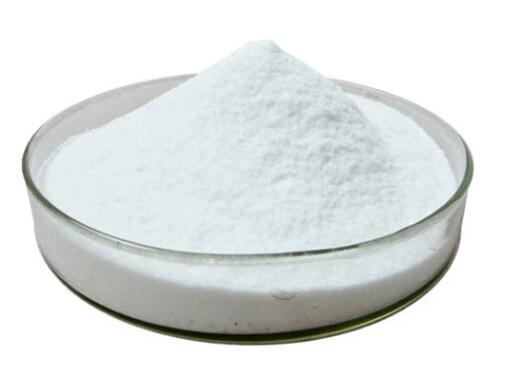
2-(tris(hydroxymethyl)methylamino)ethane-1-sulphonic acid CAS:7365-44-8
2-(Tris(hydroxymethyl)methylamino)ethane-1-sulfonic acid, abbreviated as TES, is a chemical compound commonly used as a buffering agent in biological and chemical research. As a sulfonic acid derivative of tris(hydroxymethyl)aminomethane (Tris), TES can maintain a stable pH range of 6.8 to 8.2. It is frequently employed in cell culture media, enzymatic reactions, protein electrophoresis, and DNA/RNA research. TES is highly versatile and crucial for maintaining optimal conditions in various laboratory experiments and techniques.
-
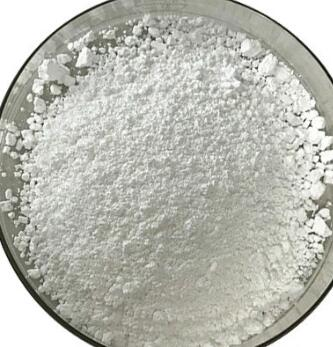
Dipso sodium CAS:102783-62-0 Manufacturer Price
3-[N,N-Bis(hydroxyethyl)amino]-2-hydroxypropanesulphonic acid sodium salt, also known as BES sodium salt, is a chemical compound commonly used in biochemical research and pharmaceutical applications. It is a sulfonic acid derivative with the sodium salt form, making it water-soluble and stable in aqueous solutions.
BES sodium salt has a molecular formula of C10H22NNaO6S and a molecular weight of approximately 323.34 g/mol. It is often utilized as a buffering agent due to its ability to maintain a stable pH range in solutions.
This compound is known for its excellent capability to resist pH changes caused by dilution or addition of acids and bases. It is commonly used in biological and enzymatic reactions, cell culture media, protein purification, and other applications where precise control of pH is crucial.
-

beta-d-glucose pentaacetate CAS:604-69-3
Beta-D-glucose pentaacetate is a chemical compound that is derived from glucose, a simple sugar. It is formed by acetylating glucose with five acetyl groups, resulting in the attachment of these groups to the hydroxyl (OH) groups present in the glucose molecule. This modification of glucose gives it enhanced stability and makes it soluble in organic solvents.
Beta-D-glucose pentaacetate has various applications in the field of organic chemistry, particularly in the synthesis and modification of carbohydrates. It can serve as a precursor or intermediate in the preparation of other carbohydrate derivatives or complex organic compounds. Additionally, it has been utilized in some medical and pharmaceutical applications such as drug delivery systems and controlled release formulations.
-
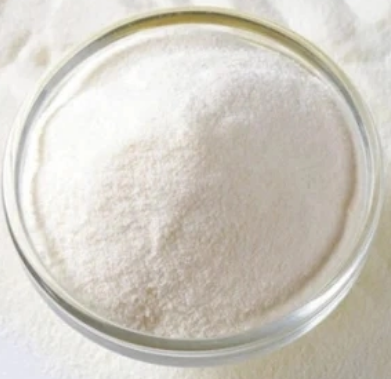
3-NITROPHENYL-BETA-D-GALACTOPYRANOSIDE CAS:3150-25-2
3-Nitrophenyl-beta-D-galactopyranoside (ONPG) is a substrate commonly used in enzymatic assays to detect and measure the activity of beta-galactosidase. When beta-galactosidase is present and active, it hydrolyzes ONPG, releasing a yellow-colored product called 3-nitrophenol. The intensity of the yellow color produced can be measured spectrophotometrically, allowing quantification of beta-galactosidase activity. ONPG is frequently used in molecular biology and microbiology research, as well as in clinical diagnostics, to study gene expression, protein function, bacterial identification, and cell viability.
-

PIPES sesquisodium salt CAS:100037-69-2
PIPES sesquisodium salt is a chemical compound commonly known as PIPES. It is a buffering agent and biological buffer used in various scientific research applications. PIPES is particularly useful for maintaining a stable pH in the physiological range of 6.1-7.5. It is stable over a wide range of temperatures, making it suitable for use in experiments performed under varying conditions. PIPES is commonly employed in cell culture, protein and enzyme studies, gel electrophoresis, and various molecular biology techniques. It is important to consult proper references or experts for guidance on the specific concentration and conditions of use for PIPES in your research.
-

Phenylgalactoside CAS:2818-58-8
Phenylgalactoside, also known as p-nitrophenyl β-D-galactopyranoside (pNPG), is a synthetic substrate frequently used in biochemical and molecular biology experiments. It is commonly used to detect and measure the activity of the enzyme β-galactosidase.
When phenylgalactoside is hydrolyzed by β-galactosidase, it releases p-nitrophenol, which is a yellow-colored compound. The liberation of p-nitrophenol can be quantitatively measured using a spectrophotometer, as the absorbance of p-nitrophenol can be detected at a wavelength of 405 nm.
-
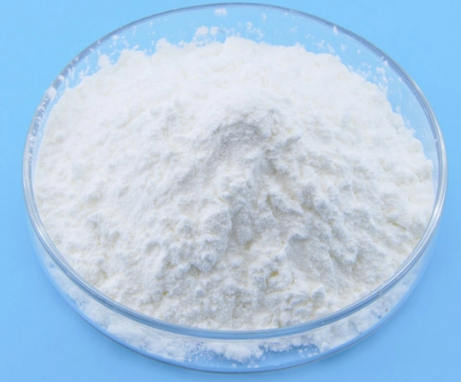
DIPSO CAS:68399-80-4 Manufacturer Price
DIPSO stands for “Diisopropyl azodicarboxylate,” which is a commonly used reagent in organic chemistry. It is primarily used in the Mitsunobu reaction, which is a method for converting alcohols into various functional groups such as esters, ethers, or amines. DIPSO acts as a source of a highly reactive intermediate called azodicarboxylate, which facilitates this transformation.
-

D-(+)-Cellobiose CAS:528-50-7
D-(+)-Cellobiose is a disaccharide made up of two glucose units connected by a beta-1,4-glycosidic bond. It is commonly found in cellulose, the main component of plant cell walls. Cellobiose is a colorless, crystalline solid that is soluble in water. It is not digested by most organisms, but can be hydrolyzed by certain enzymes, such as cellobiases, to yield glucose. Cellobiose is an important intermediate in the microbial degradation of cellulose and is used in various biotechnological applications, including the production of biofuels.
-
![disodium4-[3-methyl-N-(4-sulfonatobutyl)anilino]butane-1-sulfonate CAS:127544-88-1](https://cdn.globalso.com/xindaobiotech/图片223.png)
disodium4-[3-methyl-N-(4-sulfonatobutyl)anilino]butane-1-sulfonate CAS:127544-88-1
Disodium 4-[3-methyl-N-(4-sulfonatobutyl)anilino]butane-1-sulfonate is a chemical compound with a complex molecular structure. It is commonly referred to as a sulfonate derivative of anilino butane.

